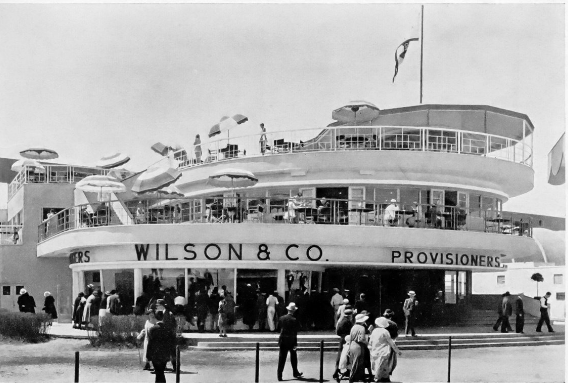Standing tall and proud amidst the bustling streets of Chicago, the Home Insurance Building etched its name in the annals of architectural history as the world's first true skyscraper.
Designed by the visionary architect William Le Baron Jenney, this impressive 138-foot-tall, 10-story structure revolutionized how buildings were conceived and constructed, paving the way for modern skyscrapers that dominate cities worldwide. Construction of the Home Insurance Building began in 1884 at the Northeast corner of LaSalle and Adams Streets and was completed in 1885.
sidebar
Two additional stories were added to the Chicago Home Insurance Building in 1890. This increased the building to 12 stories and its height to 180 feet.
CONCEPTION, DESIGN AND CONSTRUCTION
In the late 19th century, Chicago was booming, its population swelling and its businesses expanding. The demand for office space was surging, and traditional masonry construction methods were proving inadequate to meet the growing needs.
The Home Insurance Building's origins can be traced back to the late 1870s when the Home Insurance Company of New York sought to establish a branch office in Chicago. The company's management envisioned a grand and imposing structure reflecting its prominence in the insurance industry. In 1884, they approached Jenney, a respected architect known for his innovative designs and use of fireproof construction. Jenney faced the challenge of creating a tall, fire-resistant building that could withstand Chicago's harsh weather conditions.
PIONEERING CONSTRUCTION TECHNIQUES
Jenney's solution was a 10-story, 138-foot-tall building with a frame made of wrought and cast iron, along with Bessemer rolled steel beams (steel), a revolutionary concept at the time. Before this, buildings were primarily constructed using masonry walls, limiting their height and fire resistance. The steel frame provided the strength and support needed to build taller buildings, allowing for thinner walls and larger windows hung on the steel frame. It could withstand the weight of its walls and floors. The building also featured fireproofing measures, including fireproof terra cotta cladding and hollow tiles filled with concrete.
This revolutionary design enabled the building to reach an unprecedented height of 138 feet and set a precedent for future skyscrapers.
IMPACT AND LEGACY
The Home Insurance Building was a testament to Jenney's architectural ingenuity and marked a turning point in skyscraper design. Its innovative use of a steel skeleton frame and other features established the foundation for modern skyscrapers, paving the way for taller, safer, and more efficient buildings.
 |
| The "I WILL" Postcard Series № 186C: Home Insurance Building, Chicago. From the private collection of Dr. Neil Gale. Chicago Postcard Museum. |
The building's impact was immediate and far-reaching. It inspired a wave of skyscraper construction in Chicago and other cities, transforming urban landscapes and ushering in a new era of vertical architecture.
The building's impact extended beyond its structural innovations, influencing the aesthetic of skyscrapers. Its exterior, clad in terracotta panels, reflected a transition away from the heavy ornamentation of Victorian architecture towards a more streamlined and modern aesthetic.
While the Home Insurance Building was demolished in 1931 to make way for the Field Building, another skyscraper, its impact on architecture and urban development remains profound. It stands as a symbol of innovation and ingenuity, forever etched in the history of skyscrapers and the evolution of modern cities.
 |
| Architect and Engineer William LeBaron Jenney was born on September 25, 1832. He died in Los Angeles, California, on June 14, 1907, at the age of 74. |
Compiled by Dr. Neil Gale, Ph.D.





































